Mumbai: He came, he saw, and he charmed with what he spoke. For an hour on Friday evening, Pakistan’s cricketing legend Zaheer Abbas, accompanied by his wife Samina Abbas, who belongs to Kanpur, captivated a select audience with golden nuggets from his playing days, and a simple message for India’s awaam (public)-play bilateral cricket again with Pakistan.
Once the scourge of India’s bowlers and known as ‘Asia’s Bradman’ for having scored a staggering 100 (108 overall) first-class centuries-many of them for Gloucestershire in a 13-year-period, Abbas spoke from the heart, his love for the country he has a personal connection dripping all through.
Go Beyond The Boundary with our YouTube channel. SUBSCRIBE NOW!
Belonging to an era when cricketers hardly had money in their pockets- “We used to get Rs 15 to play a Test match” revealed the 77-year-old- Abbas also recalled his majestic 274, which came in just his second Test, against England at Birmingham in Aug 1971. “After play on Day 1 at Edgbaston, I was 159 not out. Some county secretaries came to me and wanted me to sign up for their county. I told them that ‘I can’t sign up now, because I’m still batting.! See, the contract will be different when you score 159, to that of 274!,” he said before winking, leaving you in splits!
Champions Return: Rohit, Hardik, Shreyas, Gambhir return after India’s title triumph
Imparting a batting tip that may be useful for India’s batters in England this summer, he said, “Look, when you are at the crease, be at the crease. You never know when you’ll be out of form. Stay at the wicket.”
The first batter to score three consecutive hundreds in ODIs in 1983, Abbas made a humble revelation, when asked about the modern-day bats, which ensure that even a mishit goes for a six. “I can’t hold the modern-day bat. It’s really very heavy. I don’t know if I can bat with these bats. I used to bat with a weight of 2.2 (ounce bat). I used to time the ball so well with that bat. This is what you call a gift that somebody (almighty) gives you,” he said.
India win Champions Trophy title; Rohit Sharma confirms he’s not retiring
To give an illustration of his special bond with India’s players, Abbas went back to Aug 1971, when India famously beat England by four wickets at The Oval to record their maiden overseas series win over the old Blighty. “I knew Sunil Gavasakar very well. He had scored a double hundred (220) against the West Indies, and I had scored a double century (274) against England. So, I went to the Indian dressing room. Normally, it’s against the norm to go into a team’s dressing room. However, I was so much in love with India’s players that I went there. Gavaskar introduced me to the Indian players. I said: I’m here to wish a win for India. And they won!.” “I must say that we had a great association with Indian players, because our colour, language..almost everything is the same,” he added.
Describing his experience of crossing the Waga hBorder to come to India this time, Abbas said, “when we moved to the immigration, a few army and government officials approached us. I wondered if they were coming to arrest us. Then I told myself: ‘I have such a big proof (pointing to his wife, who belongs to Kanpur), no one can catch me. However, they really gave me a lot of respect. It’s my honour to be here.”
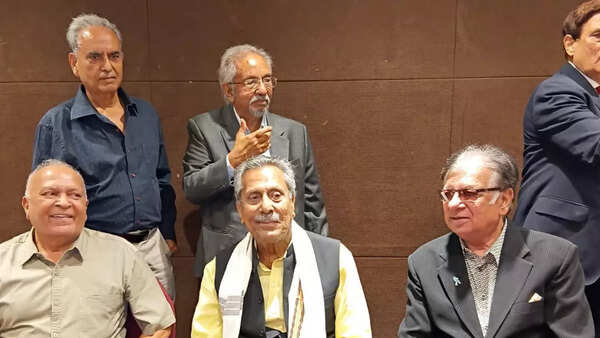
Zaheer Abbas during a ceremony at CCI.
Making an emotional, passionate and heart-felt plea to the Indian public to resume bilateral cricket between India and Pakistan again, Abbas said, “Everyone says that India and Pakistan should play each other. Our teams should start touring each other’s countries, and things become better. However, I don’t understand why it doesn’t happen. If both the countries are neighbours, and passionate about cricket, then their cricket teams should visit each other. God knows what’s the policy. But, in my opinion, they (India & Pakistan) should be playing each other,” Abbas said.
“We enjoyed being with India’s players during our time. People in India love their cricket, they love me, and I’ve a huge number of fans here. Yaar, aate raho (keep coming). Let’s keep meeting each other. We aren’t playing with each other. There’s hardly any distance between our countries. If you go through the (Wagah) border, you’ll be in Pakistan in 2 minutes! There’s just a line between the nations. If India and Pakistan play each other, people like me will be happy and live slightly longer,” he said.
IPL 2025: How will KKR, MI, CSK, SRH, RCB fare this season?
Pointing out to former India allrounder Karsan Ghavri in the audience, Abbas said, “When our heroes would come to Pakistan, did anyone face any problem? And after the day’s play was over, we would sit and eat together, talk about anything. I don’t know why the ‘brakes’ have suddenly been applied to this thing! It shouldn’t happen.”
In his distinguished 78-Test career, Abbas was a scourge for India’s bowlers, scoring 1740 runs in 19 Tests@87.00, with six hundreds. When cricket resumed between India and Pakistan in 1978 after a 23-year hiatus, the bespectacled basman made 583 runs in three Tests@194.33, with a highest score of 235 not out, killing India’s spinners. When India went to Pakistan next in the 1982-83 series, Abbas racked up 650 runs in three Tests@130.00, with three hundreds. Surprisingly, the batter who gave India’s bowlers many nightmares, revealed that he actually endured “sleepless” nights whenever archrivals India came touring.
I don’t know why the ‘brakes’ have suddenly been applied to this thing! It shouldn’t happen
Zaheer Abbas
“I was in form. Can I tell you one thing? When India came to Pakistan, I didn’t sleep till the Indian team was there. I used to wake up thinking that I’ll face the best spinners of the world. I used to think: which bowler would I face tomorrow, who is playing, who is not playing. This is what you call only and only concentration, and I had plenty of it. (Afterall), a person who has scored 100 hundreds, should have concentration!” he said with a chuckle.
Recalling that 1978 series when he almost single-handedly nullified India’s famed spin quartet with his brilliant strokeplay, Abbas said, “I was playing very well in that series. I remember that Bishan Singh Bedi (Indian captain on that tour), came to me. He said, “’Z,’ which was my nickname, after the day’s play, all of us four spinners brainstorm about how to get Zaheer out. I replied to him, ‘No, that’s not the case. I’m in form. When you are in form, no bowler in the world can disturb you. So, please don’t take it seriously. But, you know how our people are. They take things seriously!”
Decoding the secret of his sublime timing of the ball, which helped him become prolific run-making at the international level, Abbas said, “I used to practice a lot, from morning to evening. Till the time my father would return from the office, I would keep playing cricket. Now you tell me, if someone would keep playing cricket from morning to evening, that person’s timing would have to be good!.”
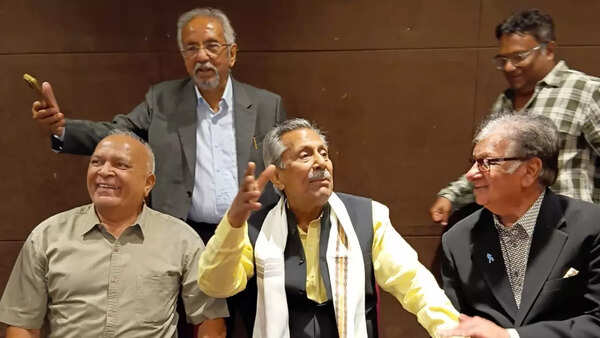
Legendary Zaheer Abbas during a ceremony.
His humility wouldn’t allow Abbas to take credit for that famous tip that he gave to former India captain Mohammad Azharuddin to loosen his bat grip, which enabled the batter to revive his then sagging career, before the first Test at Karachi during India’s tour of Pakistan in 1989. “He was a wise guy. I just told him a small thing, and he learnt so much from it! He just told me that he wasn’t being able to impart power in his shots. I asked him about his grip on the bat, and I gave him advice about that. He scored 109 In the second Test) at Faisalabad. I told him: ‘Just remember why you scored many runs.’ It’s a great thing to help someone with the right advice. That was my principle. If someone seeks an advice from you about his game, you should definitely help that person with it.”
How tough was it to face the likes of Sarfaraz Nawaz and Imran Khan in the nets, he was asked. “Sarfaraz used to swing the ball all over, while Imran was quick, and a very good bowler. But facing them in the nets was ‘normal.’ See, when you score 274 against England in your first Test there,..it all depends on how you concentrate. If you have the will to stay at the wicket, you can bat.”
Don’t Pakistan’s cricketers come to the run-machine of the 70s & 80s to seek advice? “I really want to give them my advice, if they have the time,” he responded cheekily.
Despite being someone who scored runs by the tons at every level of cricket, Abbas was candid enough to admit that ageing does lead to a batsman losing his powers. Responding to a question on who was the toughest bowler he faced, he said: “No one! When you are young, no bowler appears difficult to you. Yes, when you start ageing, bowlers start troubling you.”
‘Not going anywhere’: Rohit Sharma on retirement from ODIs after winning the Champions Trophy
He’s in awe of the current set of India players. “All of them are very, very good. India is producing very good players.”
In jest, Abbas recalled an umpiring incident in India. “I was playing a match in Bengaluru, and I was given out stumped. It was our first match on that tour. I was given out stumped. After that, I thought to myself: ‘It looks difficult that I’d score runs here! The umpires on both sides were similar!”
Unlike other former Pakistan cricketers, Abbas is rather optimistic about the future of Pakistan cricket. “I think India and Pakistan possess the most talent in cricket. Pakistan cricket will be fine. See, today Pakistan chased down 205 (against New Zealand in the T20I at Auckland), losing just one wicket. When we look to play well, we do it! Hopefully, this is a good start!.”
Besides cricket, Pakistan’s decline in hockey too has been painful to watch. “Even India isn’t the same power in hockey anymore. Cricket has become a more popular sport amongst the South Asian public. Once upon a time, football was most popular in Bangladesh. I think the infusion of money into cricket has changed everything,” the cricket great felt.
Get the latest IPL 2025 updates on Times of India, including match schedules, team squads, and live scores for CSK, MI, RCB, KKR, SRH, LSG, DC, GT, PBKS, and RR. Find out how to watch IPL 2025 in Canada and the USA.
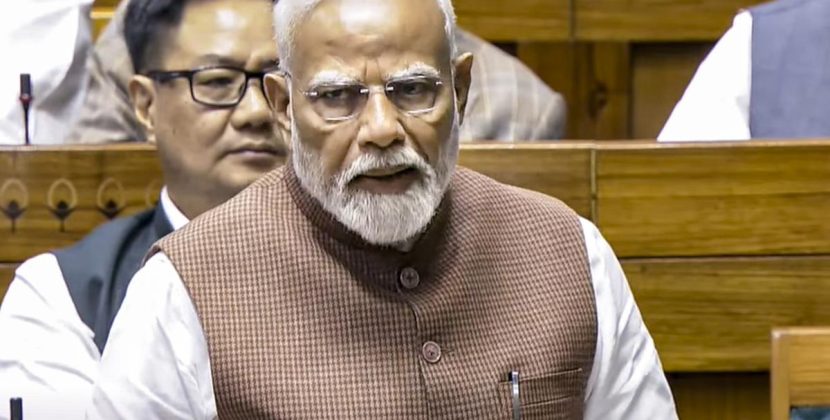

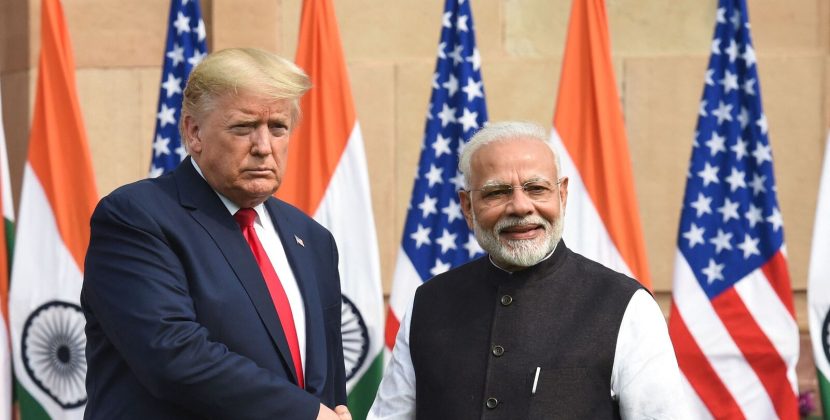
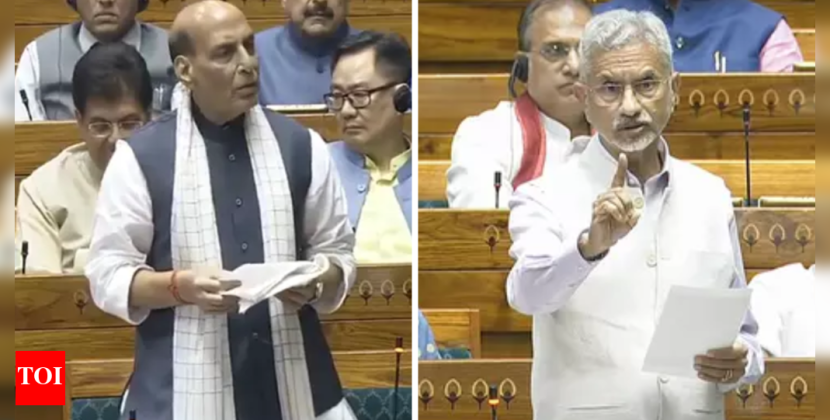






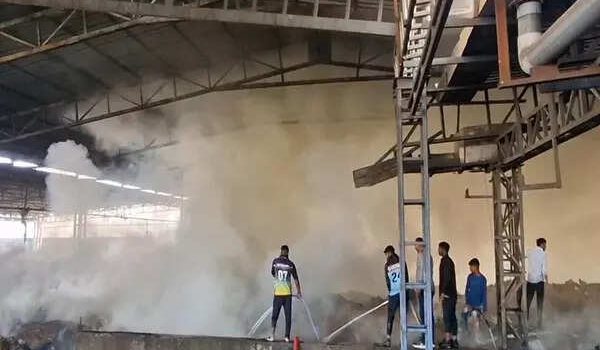
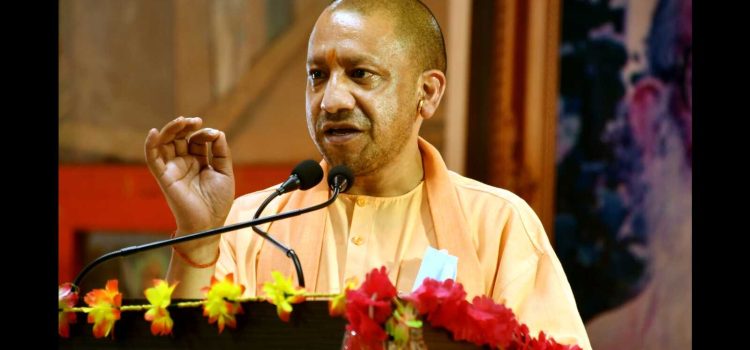
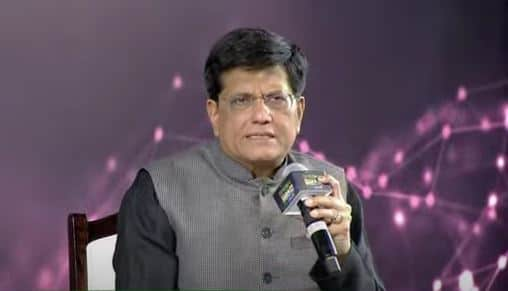
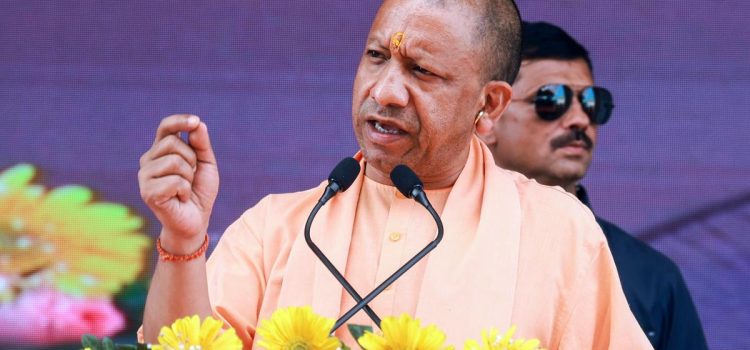
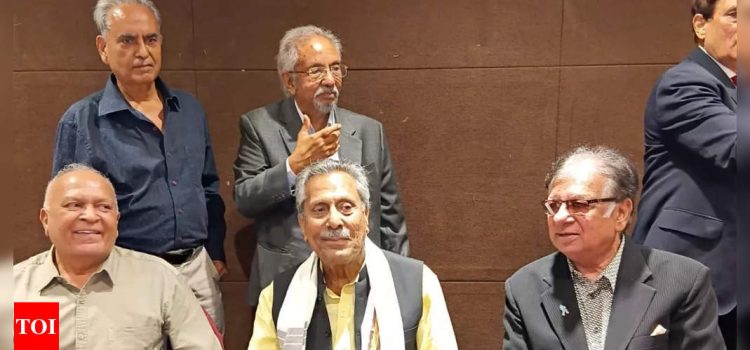


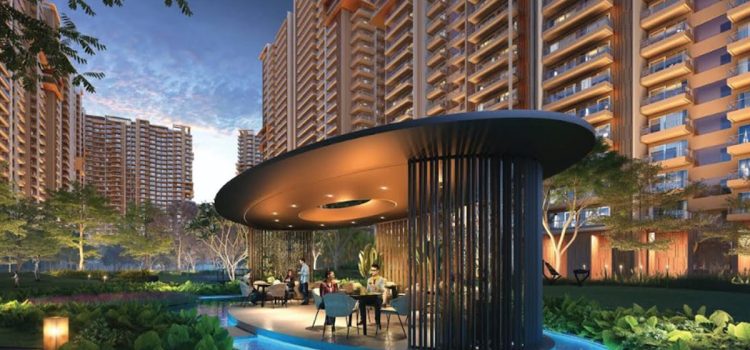
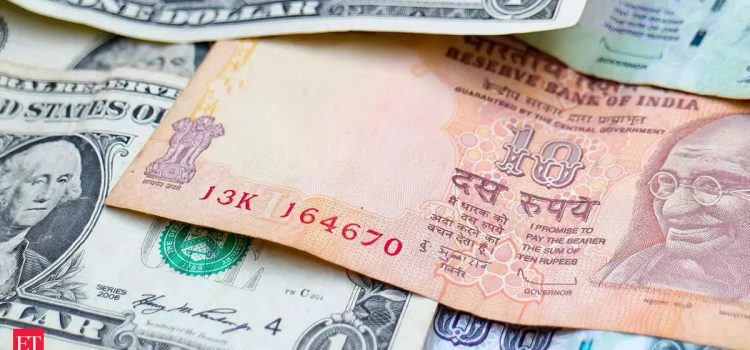

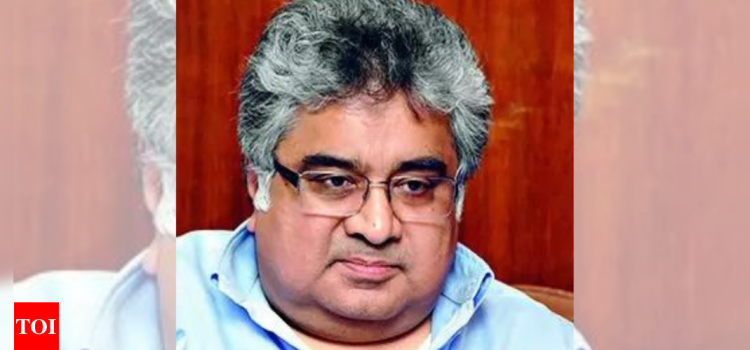

Comments